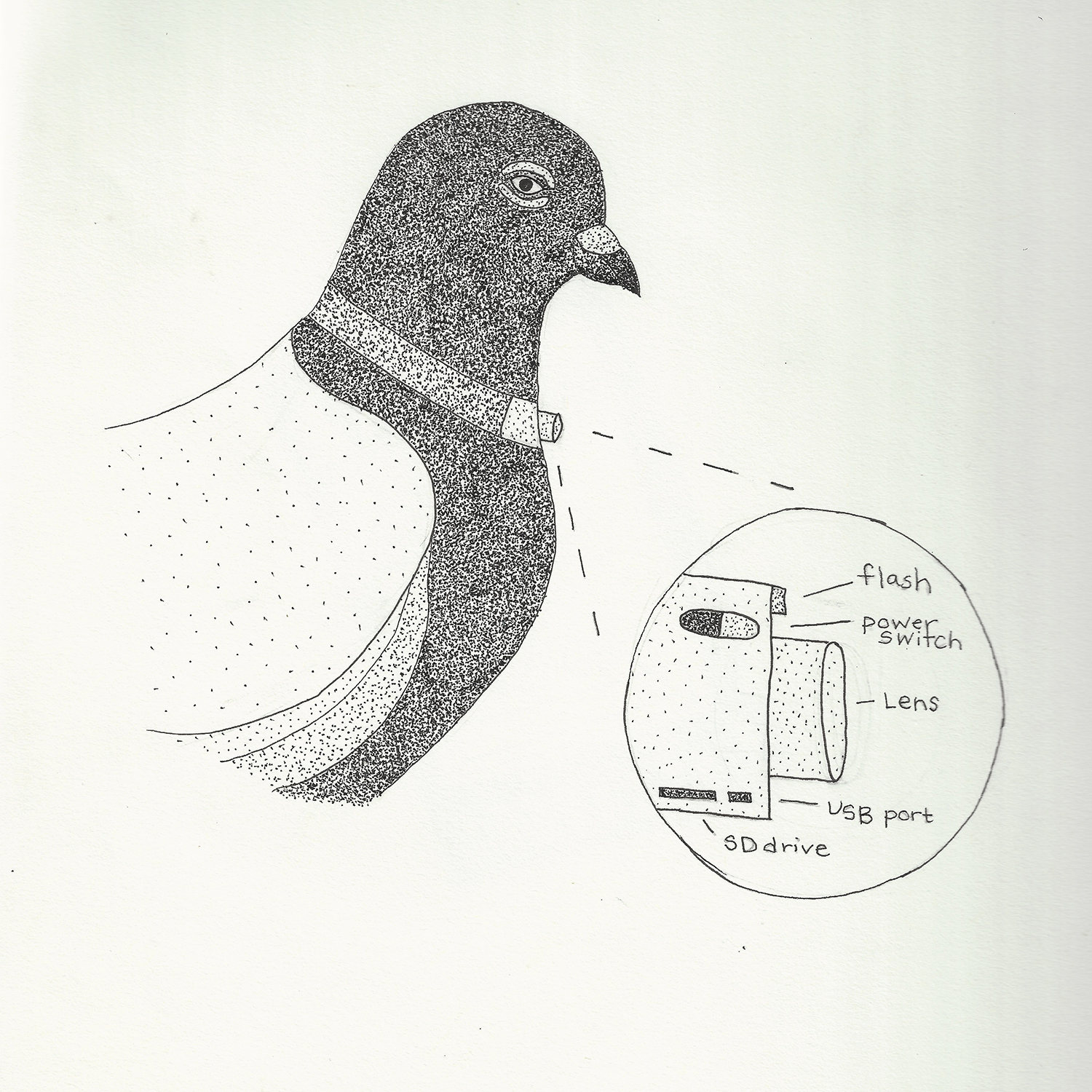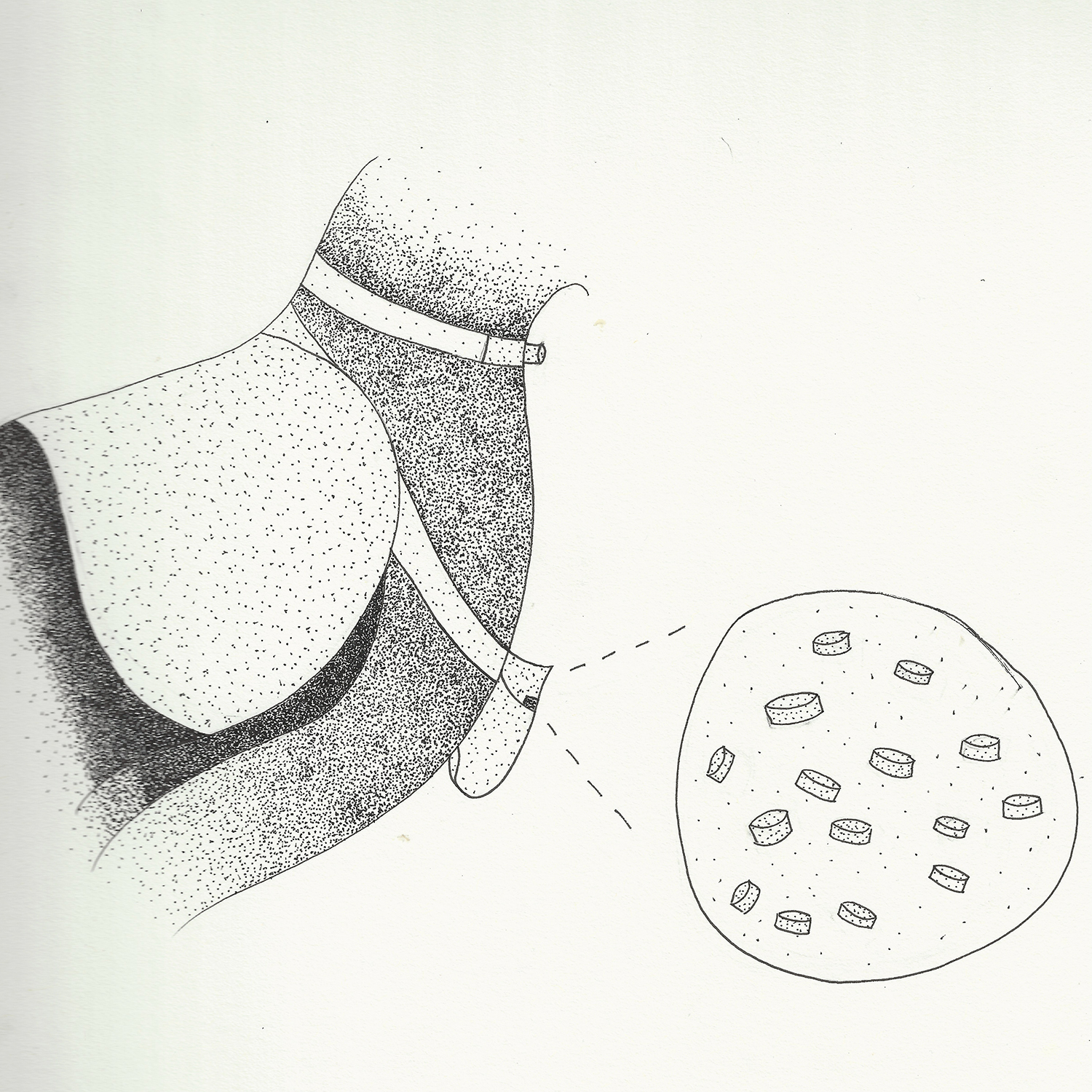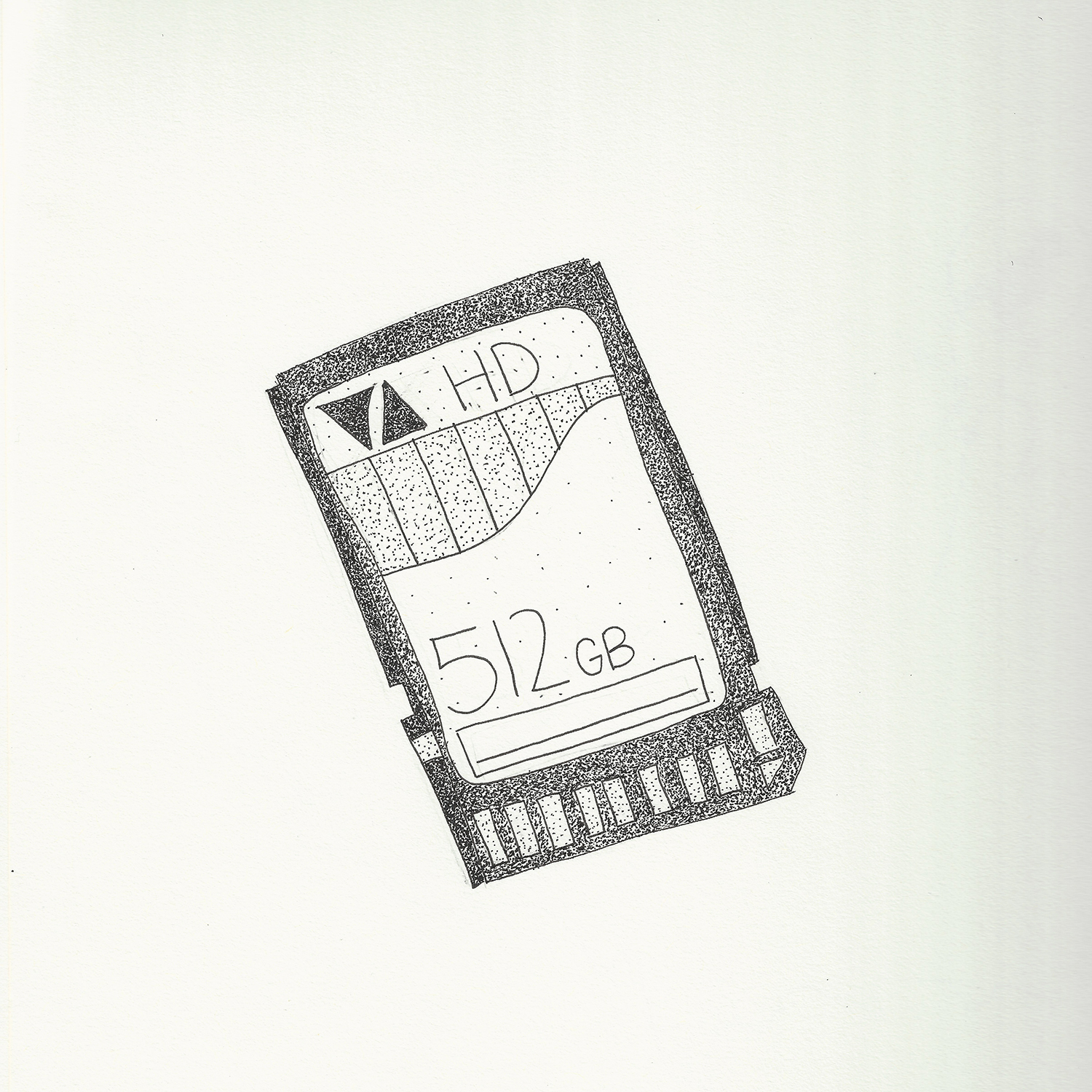/TEACHING
Some Notes on Teaching “Design Thinking” (2015-2016) (yes... I know... the title, ugh).
Michigan State University
I spent the summer of 2015 redesigning the curriculum for our “Design Thinking” course, which, thankfully, we eliminated the following year. Nonetheless, below is some information about the curriculum redesign which I think is worth having some archive of:
There are two important assumptions that structure the curriculum for this class: 1) Design has to be “about” something; and, 2) “Design” is not form-determining, meaning that it does not matter what exactly students make — it could be a proposal or prototype for an app, or it could be a proposal for a speculative design project that provokes discourse about the future; it could be an event or it could be a service. It really doesn’t matter as long as they traverse through the process.
Because design must be about something, I have chose to make the Design Thinking class operate kind-of like a special topics class. The theme the course became, very broadly, "food," and the research question that students were asked to address was: “How can design interventions change or shape someone’s relationship to the food system?” I spent the spring and summer researching food systems. During the spring semester, I joined MSU’s Food Justice and Food Sovereignty research group, which is part of the Center for Regional Food Systems at MSU.
At the outset of the semester, I framed the design process for students by introducing, and subsequently subverting, Herbert Simon’s famous dictum: “Everyone designs who devises courses of action aimed at changing existing situations into preferred ones.” I suggest to the students that we understand Simon’s dictum in a way he probably wouldn’t approve of: that there are an infinite number of existing conditions and an infinite number of preferred conditions, and those existing and preferred situations depend, to a great degree, on who (or what) we are privileging. Who really is the user of an iPhone? Is it the person in whose hands the iPhone ends up? Or is it the person on the assembly line whose hands it passes through? This is important because ideas like “usability” are subjective and can be used by certain individuals and corporations in order to perpetuate the hegemony of certain ideologies. Just because Apple’s Health app or the fitbit is “usable” doesn’t mean it’s a good idea for me to track and give over my health data to a corporation in the first place. As a scholar who is also a designer and an artist, I believe it is an ethical imperative for design education to open students eyes to the rhetoric that infuses their interactions with designed objects and experiences and to be able to interrogate the ideologies driving such rhetoric.
The first two weeks of the semester were filled with readings about different kinds of design, ranging from product design to graphic design to interaction and experience design, but also including readings on speculative design, adversarial design, and transition design. I emphasize the importance of being forward-thinking and futures-oriented. I gave a series of lectures on a variety of projects that I saw as the direct result of the design process—these projects were not necessarily “design projects” in the sense that one might think of design projects. The works I showed ranged from Thomas Hirschhorn’s “Gramsci monument” to a food truck in the Bronx to an app about tracking produce to an art installation about Wonderbread that I worked on with several other designers.
The week following this introduction to “design in the expanded field,” I introduced students to the variety of scholarship that deals with food and food systems. Readings ranged from anthropological studies of cultural foodways to research on GMOs to government reports on food hubs.
After these three weeks of introduction to design and the topic of food/food systems, students were given the freedom to do three weeks of research on a topic of their choosing within the food/food systems framework.
After doing an extensive amount of research on their chosen topics, the students created concept maps of their research and developed detailed annotated bibliographies of their research (which could include a variety of methods of gathering research, ranging from scholarly research to in-person interviews and observational research).
Students then transitioned from the research phase of the semester into the “Synthesis and Ideation” phase of the semester. During this phase they synthesized their research in order to articulate several “existing” situations within their topic space. Then, for each existing situation, they identified several “preferred” situations, and for each “preferred” situation, several different ideas for design interventions.
They then narrowed their ideas, explored three of them more deeply, and selected one with which to move forward into the final phase of the semester, in which they are asked to communicate their idea for their design intervention. I ask them to consider what combination of deliverables will best get the idea across. Is it an actual prototype? Is it a video that makes the use of the object/service believable without designing or prototyping it? Is it a combination of digital and physical objects that appear to be from some dystopian future? How will the audience best understand what the experience of this design intervention would be like?
The following are some examples of the results of their research inquiries.
Michigan State University
I spent the summer of 2015 redesigning the curriculum for our “Design Thinking” course, which, thankfully, we eliminated the following year. Nonetheless, below is some information about the curriculum redesign which I think is worth having some archive of:
There are two important assumptions that structure the curriculum for this class: 1) Design has to be “about” something; and, 2) “Design” is not form-determining, meaning that it does not matter what exactly students make — it could be a proposal or prototype for an app, or it could be a proposal for a speculative design project that provokes discourse about the future; it could be an event or it could be a service. It really doesn’t matter as long as they traverse through the process.
Because design must be about something, I have chose to make the Design Thinking class operate kind-of like a special topics class. The theme the course became, very broadly, "food," and the research question that students were asked to address was: “How can design interventions change or shape someone’s relationship to the food system?” I spent the spring and summer researching food systems. During the spring semester, I joined MSU’s Food Justice and Food Sovereignty research group, which is part of the Center for Regional Food Systems at MSU.
At the outset of the semester, I framed the design process for students by introducing, and subsequently subverting, Herbert Simon’s famous dictum: “Everyone designs who devises courses of action aimed at changing existing situations into preferred ones.” I suggest to the students that we understand Simon’s dictum in a way he probably wouldn’t approve of: that there are an infinite number of existing conditions and an infinite number of preferred conditions, and those existing and preferred situations depend, to a great degree, on who (or what) we are privileging. Who really is the user of an iPhone? Is it the person in whose hands the iPhone ends up? Or is it the person on the assembly line whose hands it passes through? This is important because ideas like “usability” are subjective and can be used by certain individuals and corporations in order to perpetuate the hegemony of certain ideologies. Just because Apple’s Health app or the fitbit is “usable” doesn’t mean it’s a good idea for me to track and give over my health data to a corporation in the first place. As a scholar who is also a designer and an artist, I believe it is an ethical imperative for design education to open students eyes to the rhetoric that infuses their interactions with designed objects and experiences and to be able to interrogate the ideologies driving such rhetoric.
The first two weeks of the semester were filled with readings about different kinds of design, ranging from product design to graphic design to interaction and experience design, but also including readings on speculative design, adversarial design, and transition design. I emphasize the importance of being forward-thinking and futures-oriented. I gave a series of lectures on a variety of projects that I saw as the direct result of the design process—these projects were not necessarily “design projects” in the sense that one might think of design projects. The works I showed ranged from Thomas Hirschhorn’s “Gramsci monument” to a food truck in the Bronx to an app about tracking produce to an art installation about Wonderbread that I worked on with several other designers.
The week following this introduction to “design in the expanded field,” I introduced students to the variety of scholarship that deals with food and food systems. Readings ranged from anthropological studies of cultural foodways to research on GMOs to government reports on food hubs.
After these three weeks of introduction to design and the topic of food/food systems, students were given the freedom to do three weeks of research on a topic of their choosing within the food/food systems framework.
After doing an extensive amount of research on their chosen topics, the students created concept maps of their research and developed detailed annotated bibliographies of their research (which could include a variety of methods of gathering research, ranging from scholarly research to in-person interviews and observational research).
Students then transitioned from the research phase of the semester into the “Synthesis and Ideation” phase of the semester. During this phase they synthesized their research in order to articulate several “existing” situations within their topic space. Then, for each existing situation, they identified several “preferred” situations, and for each “preferred” situation, several different ideas for design interventions.
They then narrowed their ideas, explored three of them more deeply, and selected one with which to move forward into the final phase of the semester, in which they are asked to communicate their idea for their design intervention. I ask them to consider what combination of deliverables will best get the idea across. Is it an actual prototype? Is it a video that makes the use of the object/service believable without designing or prototyping it? Is it a combination of digital and physical objects that appear to be from some dystopian future? How will the audience best understand what the experience of this design intervention would be like?
The following are some examples of the results of their research inquiries.



This student researched the future of protein production and consumption. His research ended up centering around mycoprotein (a fungus-based protein). The research ranged from the values and cultural implications of consuming various meat-replacement proteins to the science of producing mycoprotein itself. He produced a futures-oriented design intervention. His work proposes that we entertain the possibility of a world where mycoprotein producing vessels can dot the landscape and become part of the decor of our homes. The work does not suggest that this future is either utopian or dystopian, but rather presents it as one possibility, and asks us to consider whether or not such a future is desirable.


This student began the semester researching ways in which communities could become more resilient and food secure. A burgeoning interest in guerrilla gardening led him to learning more about the ways in which current legal systems and structures often prevent communities from engaging in agricultural projects that would help develop food resilience and security. He identified a potential conspirator — the gray squirrel. After learning about the way squirrels eat and cache seeds, he realized squirrels could operate almost as proxy guerrilla gardeners. The student developed a ‘zine and a toolkit entitled “The Guerrilla Gardener’s Guide to Feeding Squirrels.”
Design Thinking (Spring 2016)
After a semester from which I learned a great deal about teaching “design” — in the broadest sense — to students who do not come from an art and design background, I decided to retain the majority of my STA 303 (Design Thinking) curriculum from the fall semester of 2015, and make minor revisions in order to better understand which aspects of the structure I had developed needed more work.
The primary revision I made was that, instead of working individually, students worked in groups. I designed these groups such that no group had more than two students from the same major, and, in most cases, the groups did not have any students who shared a major. These groups remained the same throughout the duration of the semester. I anticipated that students would feel more comfortable engaging in more ambitious projects and would arrive more quickly at prototypes when working in groups. This assumption was not necessarily accurate. Students had a much more difficult time identifying a specific research area, and they tended to struggle in their attempt to identify particular problems that their intervention might address. At the same time, the work the students produced often reflected the different disciplines from which those students came.
The theme of the course remained the exploration of the design of food systems, and the thorough investigation of one aspect of the food system as a starting point for the development of an intervention that transforms our relationship to it. The course retained its openness to experimental design projects, and I worked to further develop students’ understanding of the variety of design practice in the world. I even managed to get Zack Denfeld, founder of the Center for Genomic Gastronomy — an experimental art and research group whose work has been internationally recognized and exhibited — to Skype into our class from his studio in Ireland.





The Design Thinking class transcends the canonical business school definition of “design thinking” by introducing students (who are not design students) to the plurality of design disciplines, ranging from traditional kinds of design, like graphic design and industrial design, to more experimental forms being practiced along the margins today, such as speculative design and adversarial design.
While researching the obfuscation of food supply chains (and the surprising legality of such obfuscation), this project team also became interested in design fiction, speculative design, and critical design. They decided to create a system of artifacts that demonstrate the existence and operations of a fictional subversive group, members of which combine emerging technologies with the training of pigeons in order to document the undisclosed supply chains of different food products as they are shipped around the globe. By presenting their classmates and others who viewed their work with a world in which such a group would reasonably exist, the project team sough to interrogate the ability of food companies to keep their supply chains secret, eliciting questions about the mysterious sources of many of the food products we eat every day.
While researching the obfuscation of food supply chains (and the surprising legality of such obfuscation), this project team also became interested in design fiction, speculative design, and critical design. They decided to create a system of artifacts that demonstrate the existence and operations of a fictional subversive group, members of which combine emerging technologies with the training of pigeons in order to document the undisclosed supply chains of different food products as they are shipped around the globe. By presenting their classmates and others who viewed their work with a world in which such a group would reasonably exist, the project team sough to interrogate the ability of food companies to keep their supply chains secret, eliciting questions about the mysterious sources of many of the food products we eat every day.




Grow Yourself is a service system that empowers people to grow their own healthy produce, while involving traditional produce retailers (both grocery stores and farmers markets) in a new relationship with consumers wherein both parties take on new roles and benefit from them. The service makes basic gardening kits readily available for students at Michigan State University and within the Lansing community. The team members were not graphic design students, though some were more familiar with the design process than others.